Have you ever loved something so much you felt incomplete without it?
Rearing Horses: Preserving Andalusian Heritage
Have you ever loved something so much that you felt incomplete without it?
The way leather feels in your hands, the cadence of a canter, the steady beat of a heart ten times larger than my own, the sound of curious breath. My life is no longer complete without these small joys, and these mundane experiences have been a key component of my life since I first laid eyes on a horse at the age of five. The moment my hands made contact with his velveteen fur, and he chuffed a hot breath on my face, a stark difference from the blistering December cold, I was a goner: hook, line, and sinker. This infatuation quickly blossomed into something far more, and eventually, I spent most of my formative years learning the art of horsemanship and English show jumping. My days were spent practicing, and my weekends were filled with competition after competition. My love for the animal and passion for the sport fueled the long hours of failure, success, and all that in-between.
There was no room to argue that riding consumed my life, personality, and state of being. It became who I was. So, during a trip to Spain, when I walked onto the renowned breeding farm of bullfighter Rafael Tejada, Reservatauro, I fell in love with the Andalusian breed. Nestled in Spain’s Costa del Sol on a UNESCO-certified biosphere, fighting bulls and Andalusian horses are bred, hand-raised, and trained by the world’s finest.
“Nestled in Spain’s Costa del Sol on a UNESCO-certified biosphere, fighting bulls and Andalusian horses are bred, hand-raised, and trained by the world’s finest”
To be deemed a biosphere reserve means that a property has been recognized for its unique mix of plants and animals, a valued environment, and a sustainable way of life for the people who live and work within the area. This Reservatauro is known for its unique blend of traditional farming and conservation efforts and serves as a sanctuary for Spain’s cultural and ecological heritage. This estate offers visitors an immersive experience of the world of bull and horse breeding, sustainable land management, and cultural preservation.
The other cornerstone of their breeding operations, fighting bulls, comes from a deep-rooted connection to the world of bullfighting from its owner, Rafael Tejada. The farm is known for its ethical breeding practices and impeccably high lineage standards, which are well respected in the breeding world. The traditions they follow and their dedication to a high breeding standard reflect the estate’s dedication to maintaining the legacy and dignity of the Spanish bull. The other side of the operation, the Andalusians, aims at preserving the purity of the Spanish breed while nurturing the animals in an environment that fosters their well-being and exceptional characteristics. They boast the creme de la creme of the breed and provide the animals with the utmost care, tending to their every need.
Given that I spent my life competing with European warmbloods, this new elusive breed was a pleasant shock to the system. I had heard of Andalusians before, but seeing them in the flesh with their infamous mane was an entirely different experience. I was fortunate enough to witness the in-house trainer working groundwork drills on a lunge line with one of the younger geldings, meticulously crafting his footwork, gait, and obedience.
The scene was a beautiful dance of mutual respect and communication. As the trainer gently guided the horse around the ring, it was clear that they were not simply performing routine exercises. They were in perfect harmony, a team of two, deeply attuned to each other’s movements and intentions.
I was left in awe by the connection between the trainer and horse; they were lifelong dance partners who shared a mind-body connection and let them work as one entity. I have seen countless experienced riders handle their horses with care and understanding, but it is rare to witness something so fluid and effortless. The nature of the fluidity wasn’t just physical; it was deeply emotional, almost as if they carried centuries of Spanish spirit in their stride. It is not often that one sees such grace in motion that, by the laws of nature, requires such force.
As I stood there and took in just a fraction of the work being done before me, I felt that the breed was somehow simultaneously familiar and wholly foreign to me; these were not just horses but living embodiments of artistry and culture. At that moment, I realized that this was more than just horsemanship; it was a connection to the land, history, and an enduring way of life that transcended time.
The name “Andalusian” originated in the US and is a loose translation that means a pure Spanish Horse, or to the rest of the modern world, a Pura Raza Española (PRE).
These horses have a rich and fascinating history that dates back thousands of years. The early Andalusians were used as war horses due to their ability to withstand all climates and hardships, making them the perfect warriors on the battlefield. Their endurance, intelligence, and agility made them the ideal warriors.
Their existence quickly spread, and they soon became the beating heart of Spain, Greece, and Italy during the centuries of long and exhaustive wars. They lead millions into battle to conquer, convert, and redesign modern-day Europe’s political and geographical landscape. Eventually, draft and warmblood horses replaced them on the battlefield because of their sheer size, strength, and ability to carry the insanely (and unnecessarily) heavy armor that filled all the gaps the agile Andalusians could not fill. How these horses could withstand 300 pounds of metal on their back is still beyond me, but that is beside the point. But rather than fading into obscurity, the Andalusians found a new purpose: dressage. Fortunately, the first military riding schools were formed during this transition period, and the art of Dressage was born. The Andalusians found their shining moment, and to this day, they are renowned and highly regarded for their unique and flexible gaits, which make them perfect for the discipline.
Traditionally, in Spain, only the male horses are ridden. At the same time, the females are kept unbroken and used for breeding, but only some follow through with this practice. That is why when I explored farther into the grounds of Reservatauro, I found the pasture where the mares with their foals, and those expecting, were all kept separate from the stallions, which are only integrated for breeding purposes due to their high testosterone levels and unruly tempers.
I can still feel the overwhelming rush of emotion that came over me when I witnessed the foals nursing their mothers. Their innocence and dependency were palpable to the naked eye, and it was in the purity of that moment that I truly understood just how special this breed of horse was.
The foals were a vessel of curiosity, constantly learning the boundaries of their new and unfamiliar world whilst being guided by their mothers and the community. Watching them play with each other was such a blessing because it is so rare for us, especially those in the horse community, to witness the gift of innocence these babies have. To bear witness to such an amazing community and to see how incredibly nurturing the mares were to their foals and the community was very reflective of the welcoming and family-oriented Spanish culture. As someone who loves photography, I tried my hardest to capture the essence of what I was witnessing. Still, as powerful as a photograph can be, it can not effectively translate the beauty that was unfolding before me.
The experience left me with a newfound respect for the Andalusian breed. These horses are not just a symbol of history and artistry but a living testament to the power of love, family, and tradition. As I stood in that pasture, watching the foals nursing their mothers, I couldn’t help but feel a sense of connection to the past. Like the people of Spain, the Andalusians carry their history in their blood. They are not merely animals but cultural icons, representing the enduring strength and beauty of a way of life that has lasted for centuries. I also walked away knowing that Resevartauro was more than just a farm; it is an educational and cultural hub and offers outsiders a rare glimpse into Spain’s rural and cultural traditions.
Ultimately, my trip to Resevertauro and my encounter with the Andalusian horses deepened my understanding of what it means to be truly connected to something. These horses’ grace, beauty, and strength taught me that love for an animal can transcend the physical. It can become a part of you, shaping your identity and leaving an indelible mark on your soul. The Andalusian breed, with its rich history and noble spirit, will forever be a part of me, and I will forever be a part of its story.
This beautiful piece on Andalusian horses was written by Olivia Serpico. You can reach her on Instagram @oliviaserpico.
This piece was originally published in Issue 31 of the WARKITCHEN



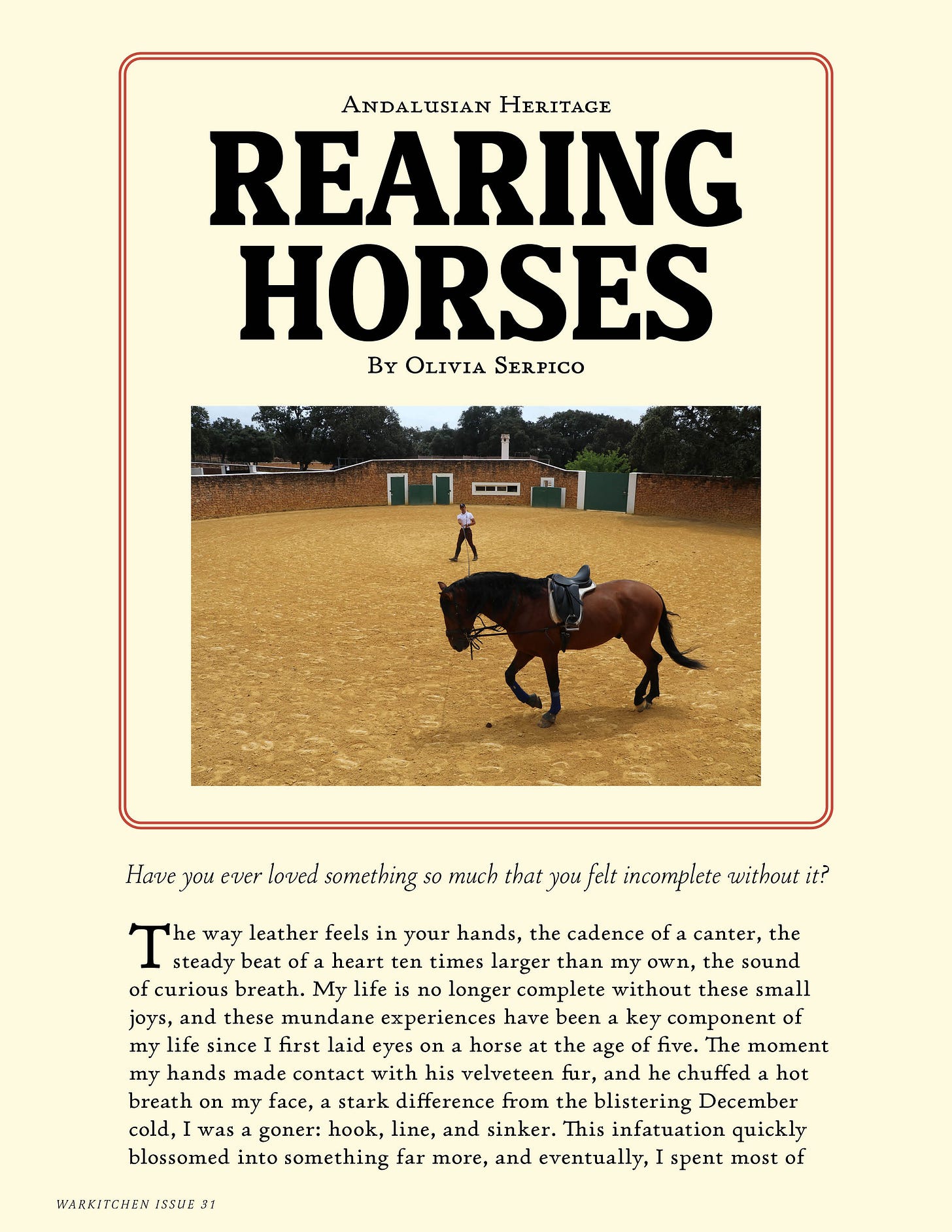
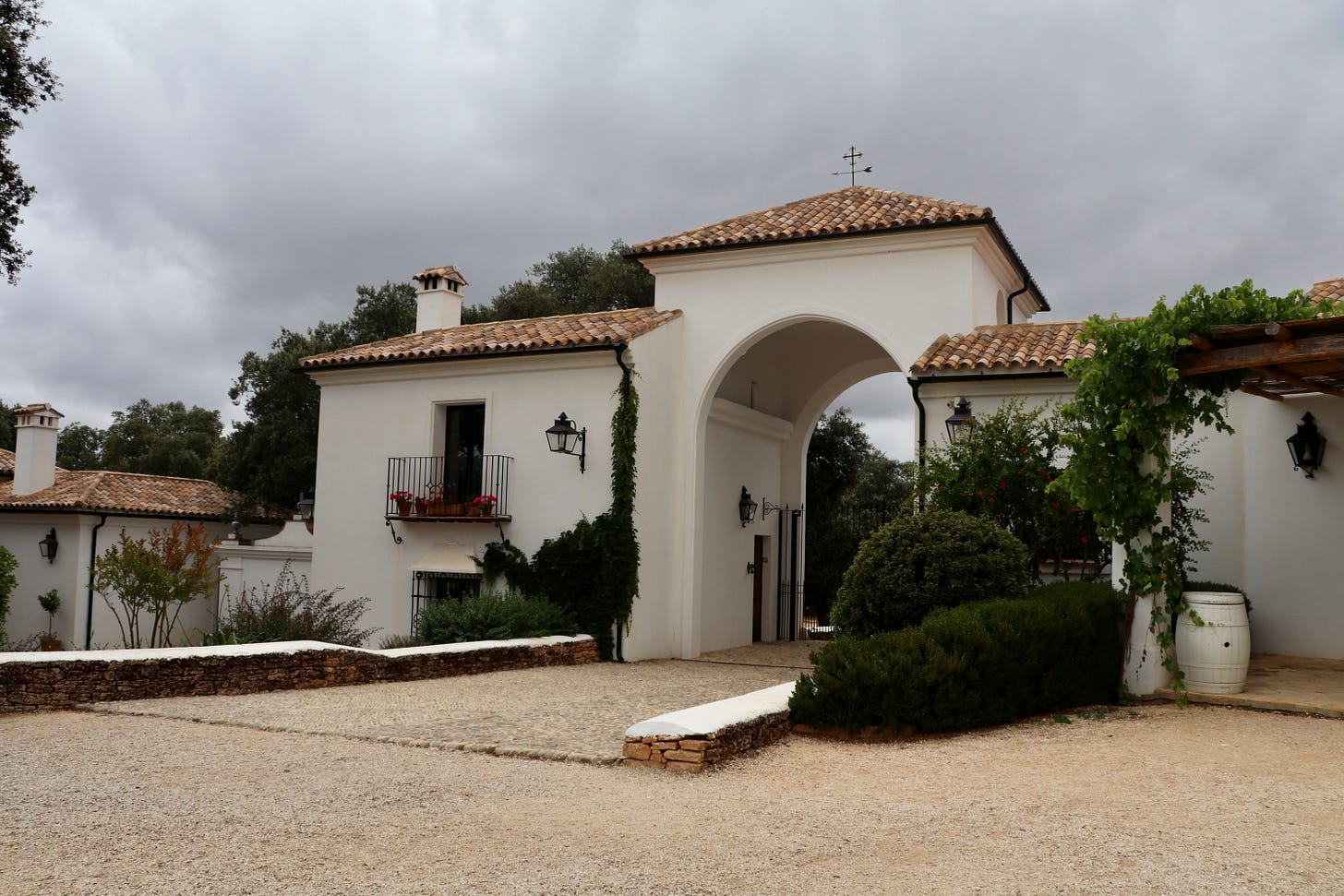


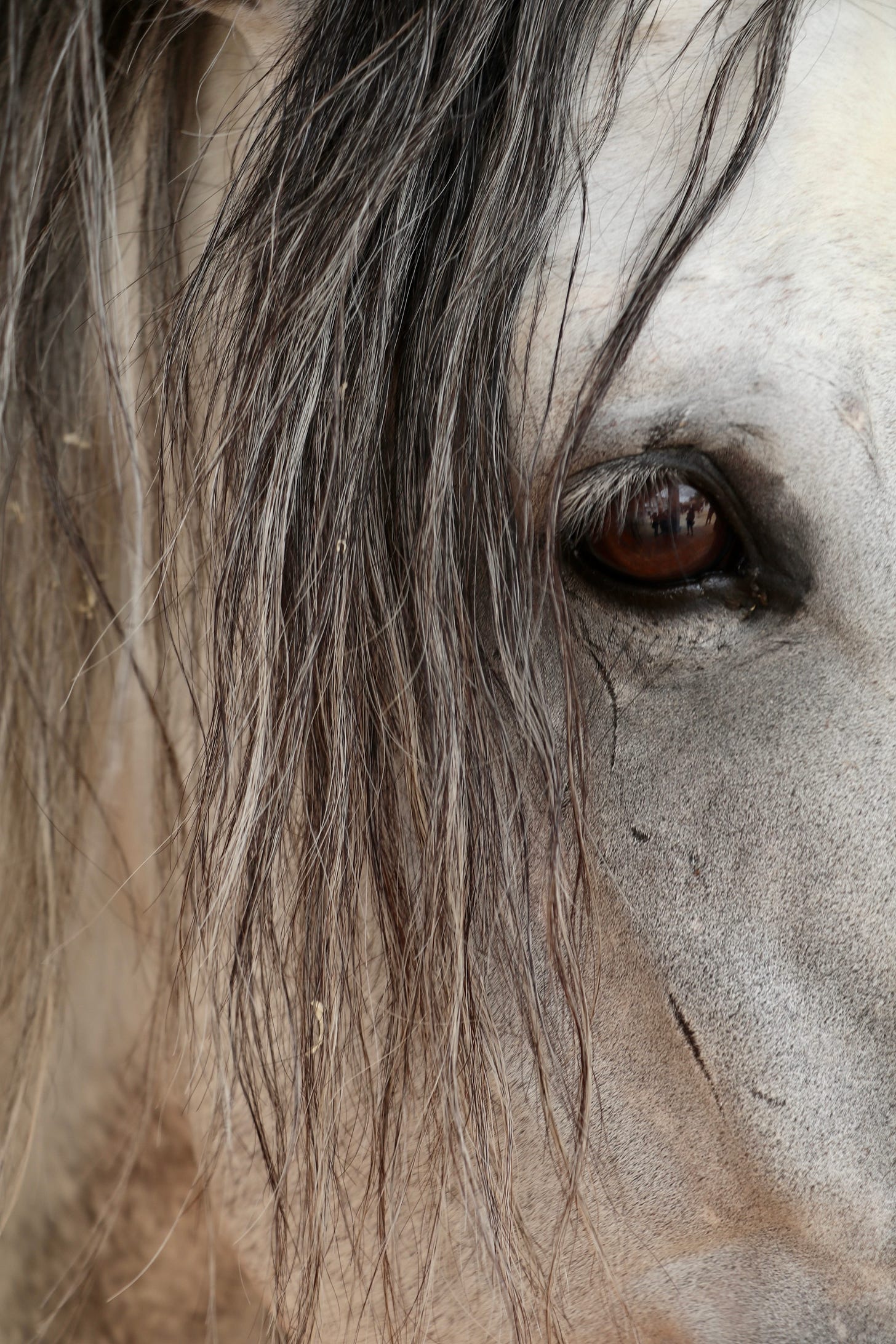



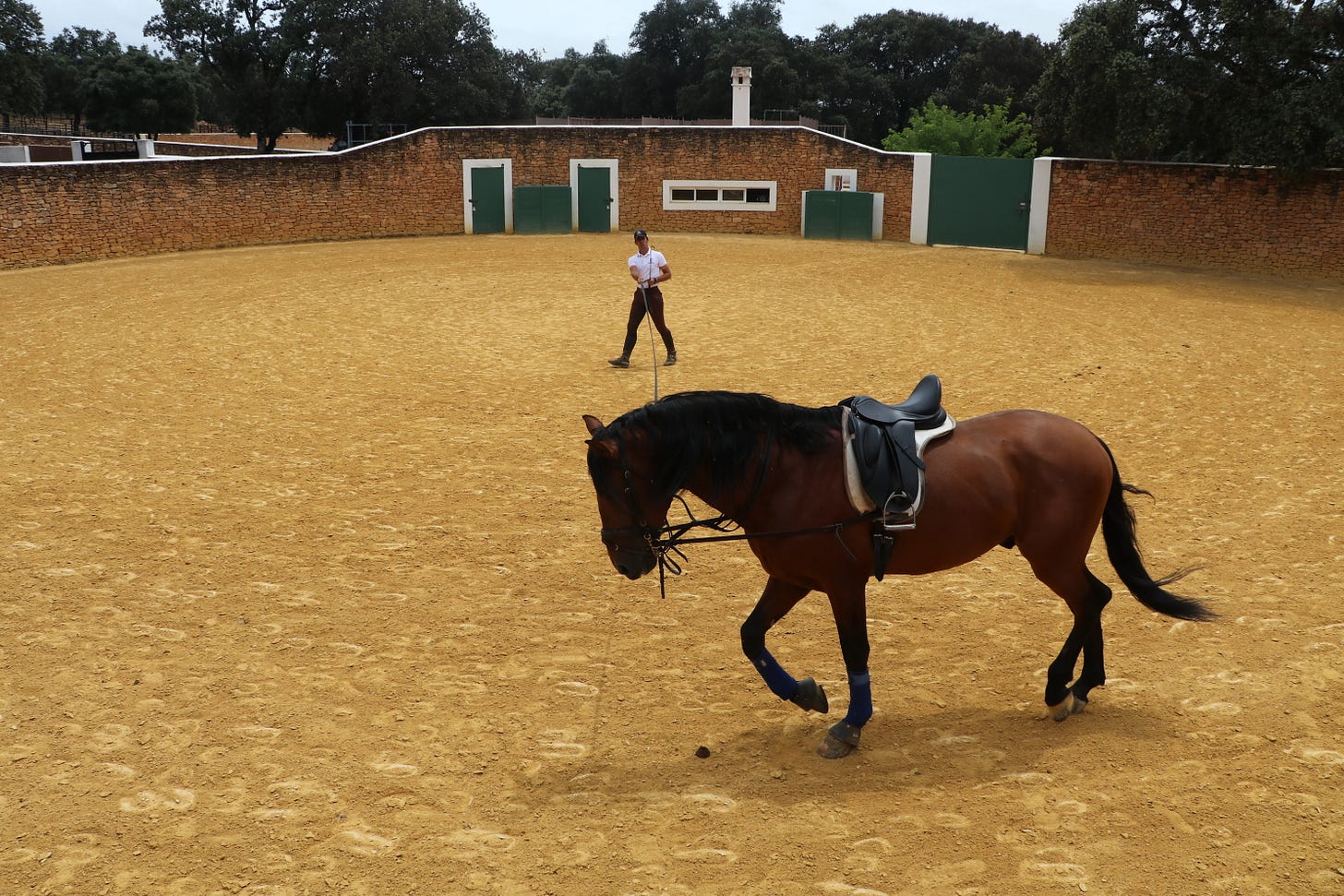


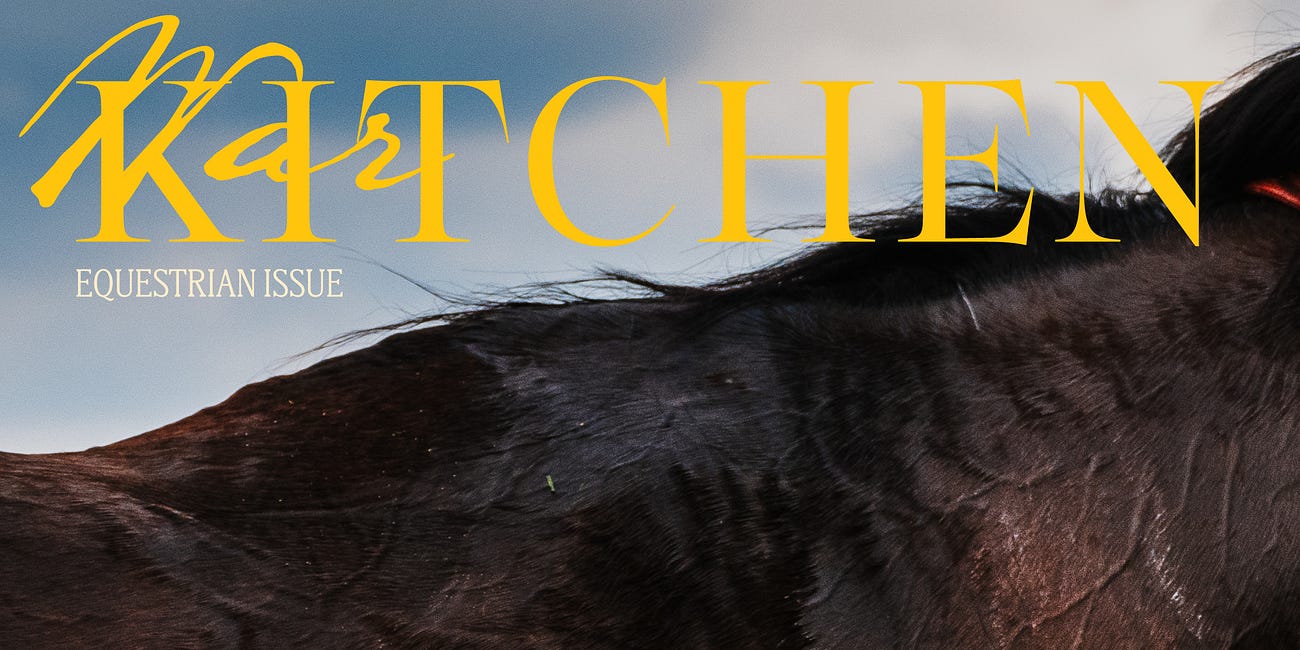
That was a beautifully-written article.